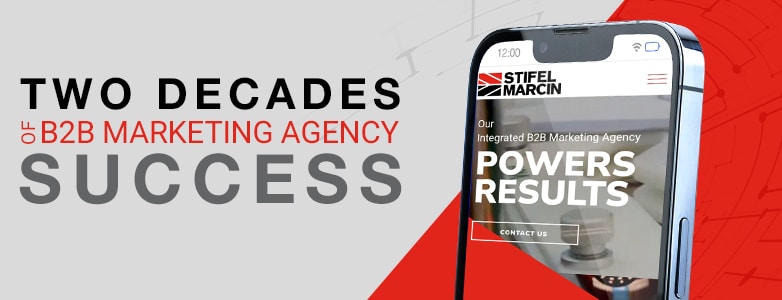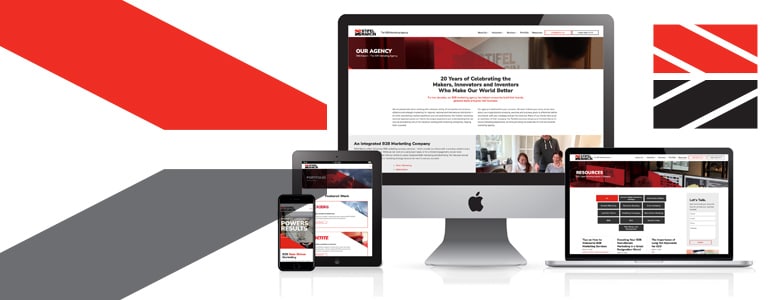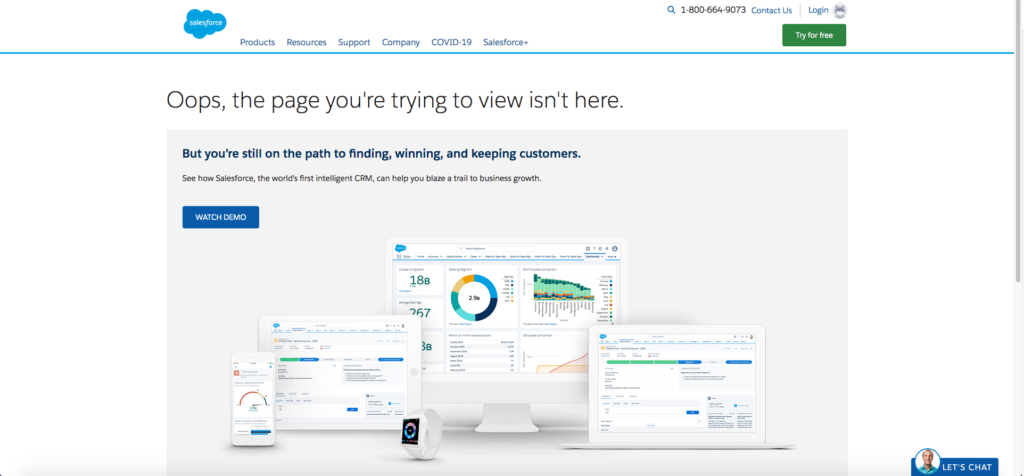Content Marketing for Industrial Companies: 6 Proven Tips for Success
Today’s B2B audiences require highly-targeted information from highly-trusted sources to shape their perceptions. While content is all around us in multiple forms, in the competitive B2B space, a comprehensive content marketing strategy can help cut through the noise, reaching the right person at the right time with the right information. What is Content Marketing? B2B industrial companies are often looking to convey complex concepts and unique technical services to engineers, project managers, purchasing agents and more. Strategic, well-crafted content marketing distills this information into easy-to-read formats, with eye-catching visuals designed to meet an intended audience at its point of understanding, and where they are, whether via digital or traditional mediums. Content marketing, at its core, is about adding value. What’s in it for the reader? Why would they want this information? When developing content, it is always critical to remember, it’s about them and not you. Whether it’s to educate, inspire or entertain, your mix of assets should have your target prospect at the center (more on that below). What are the Benefits of Content Marketing for Industrial Companies? In a recent study, more than half of B2B buyers said they are more likely to make a purchase from a brand after reading their content. That’s not an insignificant statistic. Done well, content marketing can benefit your company in many ways, including: • Building affinity• Increasing brand awareness• Positioning your organization as a subject-matter authority• Making your brand a source for knowledge and resources• Improving SEO• Generating leads and conversions• Creating assets that can be shared across multiple channels and re-purposed in the future• Furthering engagement opportunities to stay connected with customers Six Content Marketing for Industrial Companies Best Practices While there are many steps that lead to excellent content marketing results, we’re breaking down six must-do’s to achieve success: 1. Start with Your Data Content and data go hand in hand. While data is certainly important in results measurement (see #6 below), approaching content development with a data-driven approach is a smart use of time and resources. Data sources, like Google Analytics, will shed light on web site traffic, sales funnels and best performing content (and likewise, what may be missing the mark) and much more. By thoroughly examining your data points, such as bounce rates, time on page, keyword rankings, etc., you’ll have a clearer understanding of the type of content your prospects find most valuable, the channels that provide the best ROI and even who may be potential brand ambassadors. 2. Clearly Identify Your Target Personas Understanding who your target audience(s) are is a critical step when developing a content plan. There may be many stakeholders involved in these discussions, from leadership to marketing to sales. With your data in hand, you can make insightful decisions about your ideal customer and how to best reach them through campaigns and content with information that they need and want. 3. Create a Strategic Plan According to The Content Marketing Institute, “40 percent of B2B marketers have a documented content marketing strategy.” That means that 60 percent do not. Arming your organization with a comprehensive content marketing plan is essential to keep content aligned with overall business goals. Also be sure your plan has clear objectives, like increased awareness, qualified leads and sales. Content marketing for industrial companies requires consistency, measurement and refinement, and by making sure your team is on the same page with business development and management, your company can reap many of the benefits noted above. From strategy to distribution to measurement, if you need help developing a content marketing plan, connect with us. As a full-service B2B marketing agency, we are ready to help. 4. Diversify Your ContentCreating compelling messages that spur potential and current customers to act requires knowing what to say, how to say it and where your messages should appear. Consider that the average person in the U.S. spends over 10 hours a day in front of a screen – having a strategic mix of content formats can create impact and more touchpoints in the sales cycle. When thinking about content marketing for industrial companies, many might first think only of a blog. While that may be right for your business (again depending on your goals, data intel and resources), also consider a healthy diversity in distribution channels such as: • Email• Social Media• Video (including video optimized for YouTube)• Webinars• Infographics• White papers and case studies• Website optimized for SEO• Influencer marketing Taking an omni-channel approach also allows for re-purposing of content, deepening your well of assets. For instance, an infographic on your website can be broken down into several social media assets, while a video may serve both a digital campaign and your website. 5. Write for People, Not Algorithms In today’s world of SEO analysis and ever-changing search engine algorithms, it is sometimes difficult to remember that what resonates best is what moves the hearts and minds of your prospects, not what’s most important to an SEO formula. That’s not to say that content produced with search engine optimization in mind isn’t important. Properly planning, implementing and maintaining an SEO strategy is critically important to help position your brand more prominently in the marketplace. But, gone are the days of choosing a keyword and “stuffing it” within the content with the hopes it will drive better search results. Consumers are savvier than ever. They are looking for high-quality content that provides value and connects them meaningfully to your brand’s benefits and technical offerings. Simply put, write for humans first, and strategically use keywords to help lift your content in SERPs. 6. Don’t Forget to Measure Results Content marketing for industrial companies isn’t about “set it and forget it.” And it’s not a task you “check off” as done. When you created your strategic plan, ideally you included goals and KPIs (key performance indicators) such as time on page, open rates, click rates, engagements, conversions and more. By monitoring your content’s performance and regularly evaluating its results, you can better understand what is resonating
Content Marketing for Industrial Companies: 6 Proven Tips for Success Read More »








